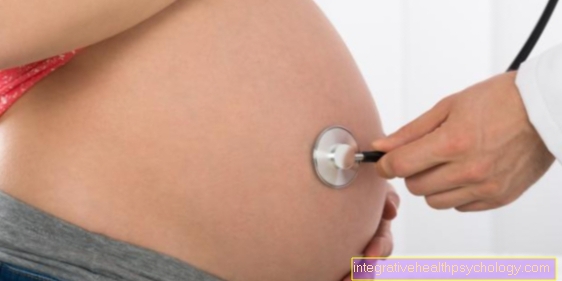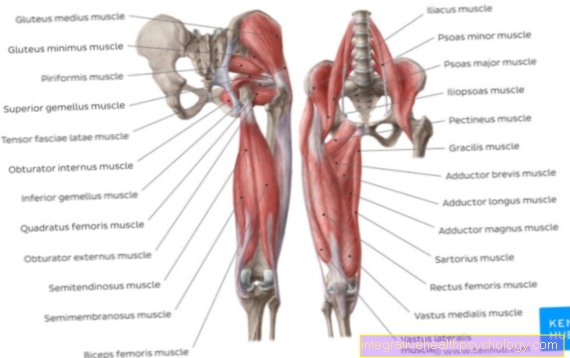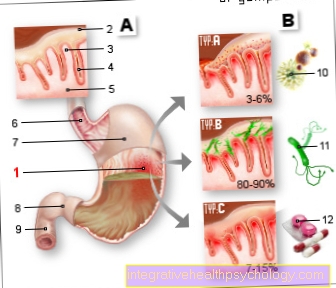Schellong Test - An examination of the circulatory function
What is the Schellong test?
The Schellong test is a simple examination method for checking the circulatory function and clarifying sudden drops in blood pressure.
More severe drops in blood pressure or low blood pressure may be present if people feel dizzy when they stand up or go black before their eyes. Unclear falls can also indicate a circulatory disorder.
Here the Schellong test can provide first impressions.

How is the Schellong test carried out?
No physical intervention is required to perform the Schellong test. All that is necessary is to measure blood pressure and heart rate.
The patient first relaxes on the couch for about ten minutes. After the patient has been in bed, the blood pressure and heart rate are measured. Then the patient should get up. Both parameters are recorded again immediately upon getting up. The patient should now stand for about ten minutes. During this time, blood pressure and heart rate are measured again every minute.
Why is the Schellong test carried out?
The Schellong test assesses the change in blood pressure when changing body position from lying to standing. When standing quickly, the blood sinks into the legs due to gravity. This is also called the orthostatic response. So the blood circulation in the head and heart decreases.
The body reacts to this mechanism to prevent a sharp drop in blood pressure or to keep it as constant as possible. It does this by closing the blood vessels and increasing the heart rate. If the physical exercise is inadequate, symptoms suggestive of low blood pressure or a sharp drop in blood pressure may occur.
With the Schellong test, initial assessments of the circulatory function can be made based on the blood pressure values determined.
Read more about the physical mechanism and its causes under: Low blood pressure and high pulse - our body's natural response
What can you diagnose with the Schellong test?
The Schellong test is used to assess the change in blood pressure when standing up. This is also called orthostatic regulation. When standing up, you can expect:
- the heart rate usually increases by about 10-20 beats / minute
- the upper blood pressure value usually decreases slightly, while the lower blood pressure value increases slightly
In this case, a disturbance of the circulatory function cannot be assumed.
Read more on this topic at: High pulse and low blood pressure - our body's response
However, if the blood pressure falls more sharply when you stand up, this can be an indication of an orthostatic problem or a disturbed circulatory disorder.
The exact illustration of the blood pressure and heart rate values can suggest the cause of the circulatory disorder. A cause can e.g. be a dysregulation by the vegetative system (the sympathetic).
Read more about this at: Circulatory weakness
These symptoms show you poor circulation / low blood pressure
These symptoms may indicate low blood pressure or a rapid drop in blood pressure (poor circulation):
- Dizziness, especially when getting up quickly
For more on this, see: Low blood pressure and dizziness - Headache and difficulty concentrating
For more information, see: Low blood pressure and headache - Visual disturbances, especially when getting up quickly
- Racing heart, increased pulse
We also recommend our site to: Low blood pressure and high pulse - tinnitus
- nausea
For more information, we recommend our website to: Low blood pressure and nausea - Shortness of breath
- Fainting and falling
Read more about this at: Circulatory weakness and fainting - fatigue
- cold hands and feet
We strongly recommend our pages to:
- Symptoms of poor circulation
- Symptoms of low blood pressure
How do you treat poor circulation / low blood pressure?
Therapy for low blood pressure depends on the underlying cause. Initially, attempts are often made to increase blood pressure through lifestyle changes, diet changes and physiotherapy. If this is not enough, drug therapy can be considered.
Read more about this at:
- What to do if you have low blood pressure
- What can you do if you have poor circulation?
Home remedies and tips for low blood pressure
The following are some things you can do to help raise your blood pressure:
- Salty diet: If you have low blood pressure, it is important to ensure that your food contains sufficient salt. Because the ingested salt can bind water in the body. Overall, the blood volume then increases, so that the blood pressure increases.
- Adequate fluid intake: Adequate fluid intake can increase the volume of blood in the body. So the blood pressure rises. It is also advisable to consume fluids that stimulate circulation, such as coffee or green or black tea.
- Physical exercise: This is how the circulation can also be trained. In addition, exercise often helps against tiredness.
- Getting up slowly: To avoid dizziness or black eyes when standing up, make sure to get up slowly. In this way the body can react better to the change in position and keep the blood pressure constant.
- Showering: In order to stimulate and exercise the circulation, it is advisable to change the water temperature quickly between warm and cold while showering. The blood vessels react to this rapid temperature change.
- Wearing compression stockings: These stimulate the circulation by counteracting the increased sinking of blood into the legs.
Read more on this topic at: Home remedies for low blood pressure
Medicines for low blood pressure
If the low blood pressure could not be treated adequately despite a change in life, drug therapy can be considered. However, you should first discuss this in detail with your doctor.
So-called sympathomimetics can be used as medication. These increase blood pressure by narrowing the blood vessels.
Another drug used to treat low blood pressure is dihydroergotamine. This prevents the blood from sinking rapidly into the legs, as it does when standing up.
Read more on this topic at: Medicines for low blood pressure
Prognosis of poor circulation / low blood pressure
The Schellong test can provide initial assessments of the cause of the low blood pressure. The prognosis may differ depending on the underlying cause. If the problem is a simple orthostatic problem, i.e. a drop in blood pressure due to a change in position, this can often be treated quickly with changes in behavior and compression stockings.
Are there other causes behind the low blood pressure, e.g. a decrease in heart function (heart failure), the prognosis may well be worse. Therefore, be sure to see a doctor if you often have symptoms that may indicate low blood pressure.
Further information on this topic can be found at: When does low blood pressure become dangerous?

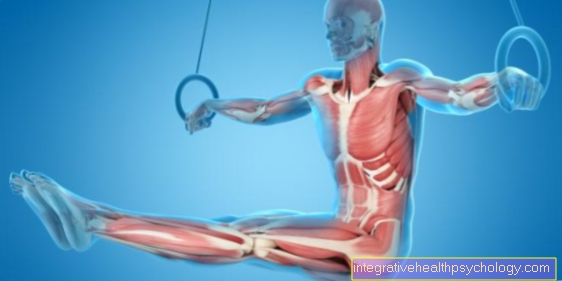

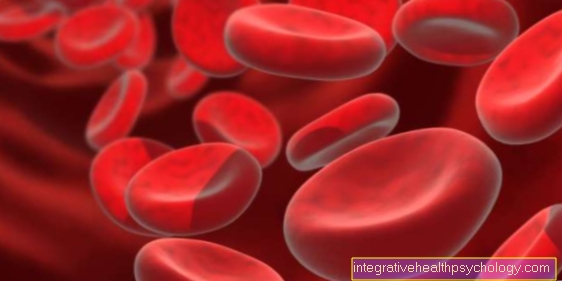

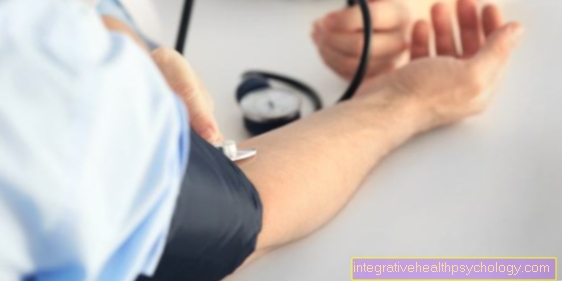




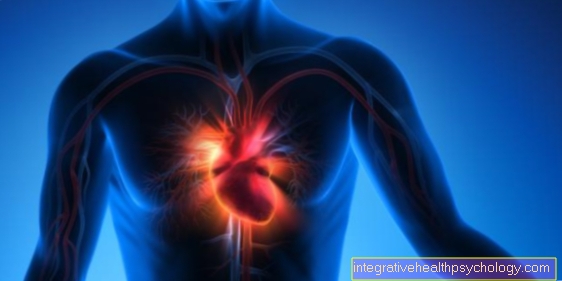


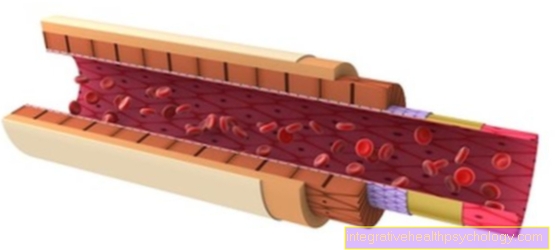
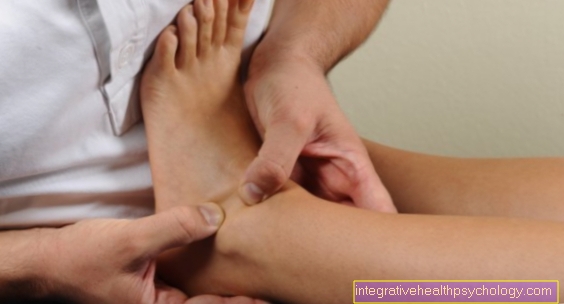
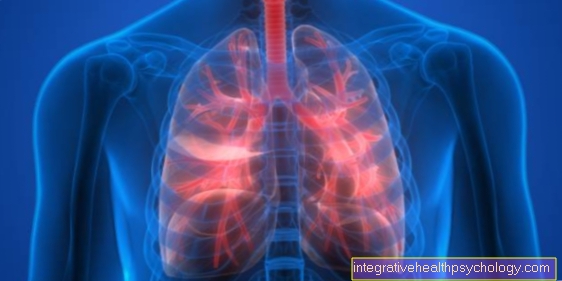
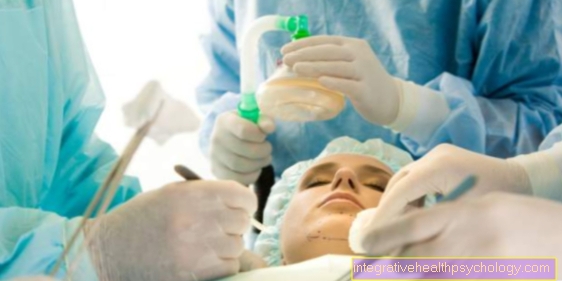



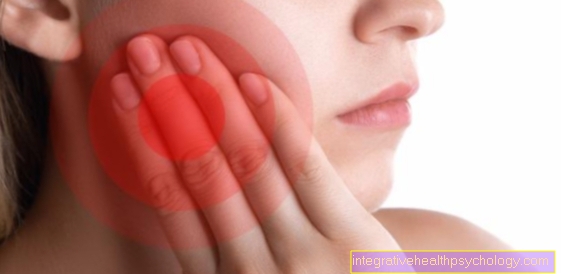


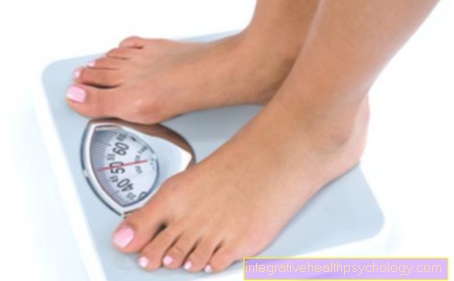
.jpg)
